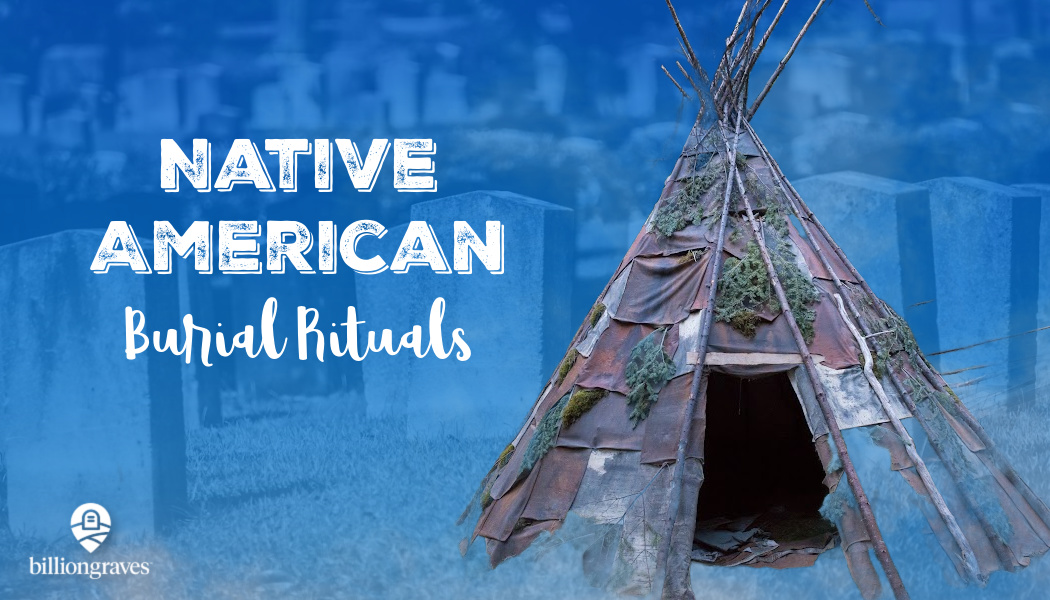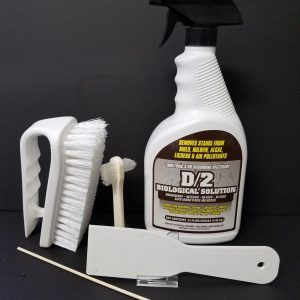Native American burial rituals can help us to understand the values of unique groups of people.

In the early 1900s, when my grandmother was about five years old, she was playing outside with her twin sister in rural Michigan when a Native American man came into their yard holding a large package wrapped in brown paper. She stopped her play as he approached and carefully put the package into her arms. Then he gestured for her to take it to her father.
Later her daddy asked her if she knew what was in the package. She shook her head no. “It was a baby papoose,” he explained. “The chief was bringing the baby to me to prepare it for burial.” Such was the life of an undertaker’s daughter.
Some Native American tribes preferred not to touch the bodies after death and turned that task over to others. Others tenderly spent days preparing the deceased for the afterlife. Native American burial rituals were as diverse as the tribes themselves. To cover them all could take volumes but here is a sampling of a few.
Note: These rituals are focused on pre-reservation time periods.
Aleut Native American Burial Rituals
Aleutian Islands, between Alaska and Russia

The population of the Aleut people numbered about 25,000 prior to contact with Europeans.
When one of their loved ones passed on, the body was placed on a frame covered with skins and kept in the very spot where they had died for 15 days. The family began a long process of mourning that included fasting and chanting. On the 16th day, the body was embalmed and buried.
In the Aleutian Islands, ancestors were buried close to their villages. There were traditionally four main types of burials: umqans, caves, sarcophagi, and community houses.
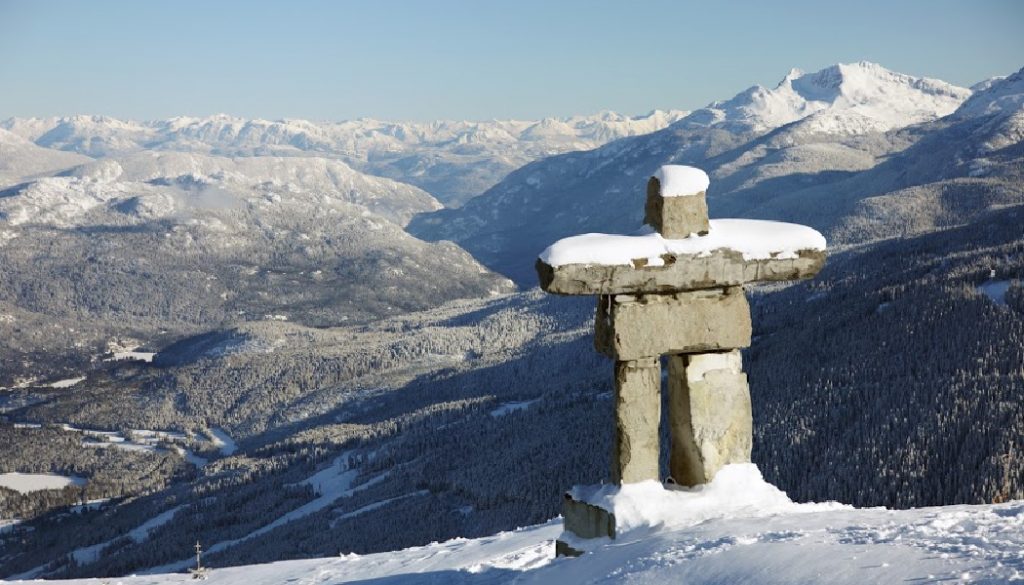
Umqans were rock burial mounds or markers that were placed at the edge of a cliff. They were the most common type of burials among the Aleut.
Others were buried in sarcophagi, coffins that were made of whalebone or hewn wood topped with sod and left above the ground. Inside, the deceased was dressed in their best clothes and wrapped in swaddling clothes like a baby.

The deceased were also buried in shallow graves at the back of caves. Sometimes grave goods were placed in the cave with the departed such a boat or wooden hunting hat trimmed with ivory, feathers, and sea lion whiskers.
Many were buried within the main areas of activity in the settlements in small pits adjacent to the houses. Mass graves were typical for women and children.
Arapaho Native American Burial Rituals
Northeast Rocky Mountains and Great-Plains
The Arapaho usually buried their deceased on the same day that they died. The body was dressed in their finest traditional clothing.

A spacious grave was dug into the ground and some of their personal belongings such as clothing and blankets were placed with the body. If the deceased was a warrior, his best horse was killed and placed in the grave. Then the gravesite was covered with rocks.
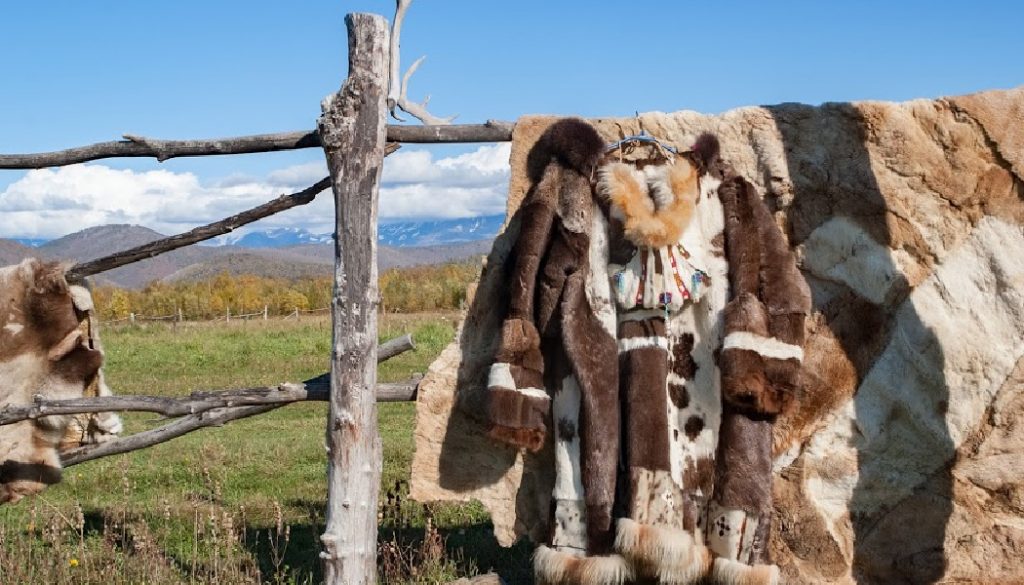
The rest of the person’s belongings were either divided up among close family members or burned.
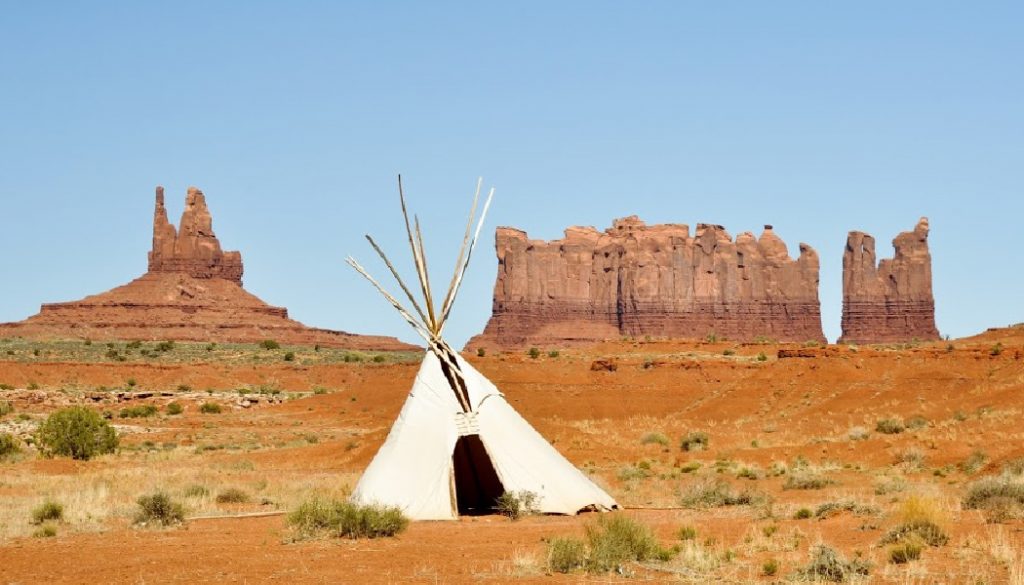
Their tipi was also burned, destroyed, or abandoned.
Mourning among close relatives involved wearing old clothing or rags, cutting their hair, and wearing no paint.
The spirit was thought to linger for four days and then journey to hiyei’in, meaning “our home”.
Apache Native American Burial Rituals
Southern Arizona and Northern Mexico
When someone in the Apache tribe died, the women immediately began to wail.
Family members cut their hair to shoulder length with a flint knife or heated horse bone. Then the hair was hung in a tree.
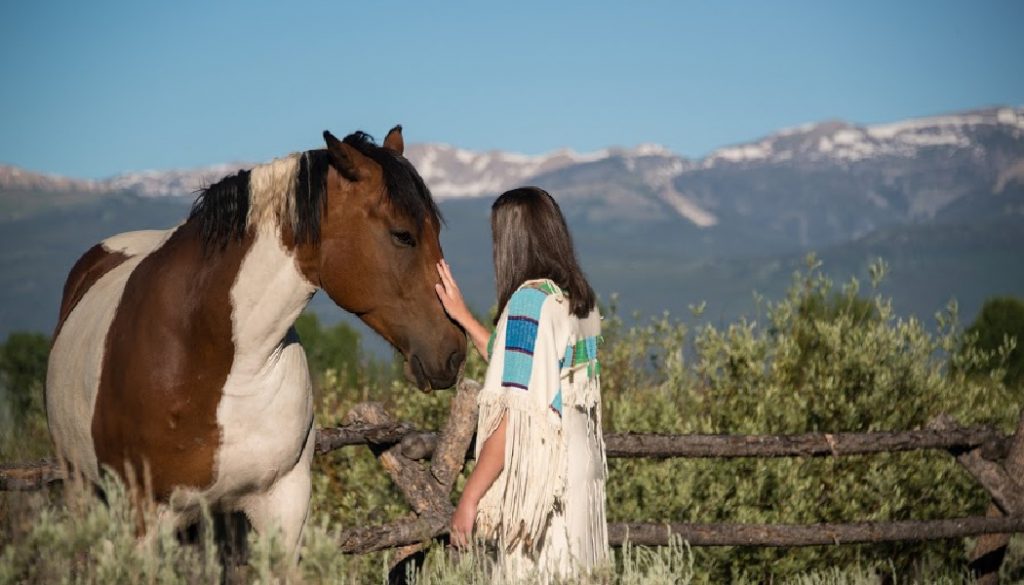
The deceased’s body was washed, hair was combed neatly, and the face was marked with pollen and red ochre. It was then placed on a horse and taken to the hills, along with their favorite possessions.

The body was placed in the crevices of the rocky hills. The horse was killed and placed in there too, as well as their belongings. Items that wouldn’t fit in the cracks were broken into pieces and left on the ground nearby.
The mourners returned to their village by another way and never looked back. After four days the soul was set free to make its way to the “Land of Endless Summer” with the Great Creator.
Cherokee Native American Burial Rituals
Southeast United States
When Cherokee fathers were convinced they were going to die soon, they gathered their children to give them advice for their future and to speak to them of ancient Cherokee traditions and customs that they should always remember.
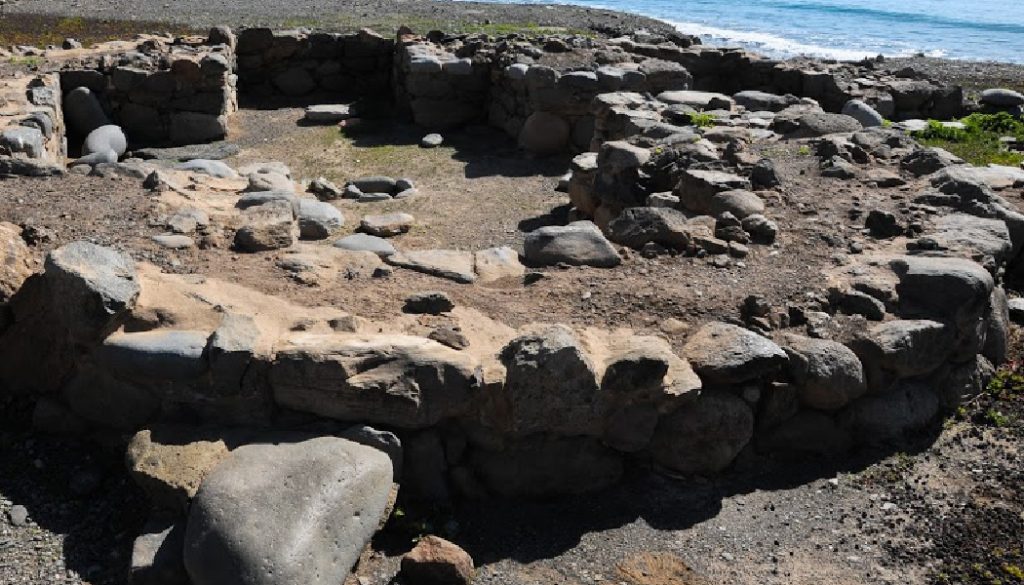
Earlier Cherokees (about 1500 A.D.) were buried in earthen mounds. The mounds were created by placing rocks in a large circle and burning the ground in the center of the rocks. Then the bodies of the departed were placed inside the circle, with heads together.
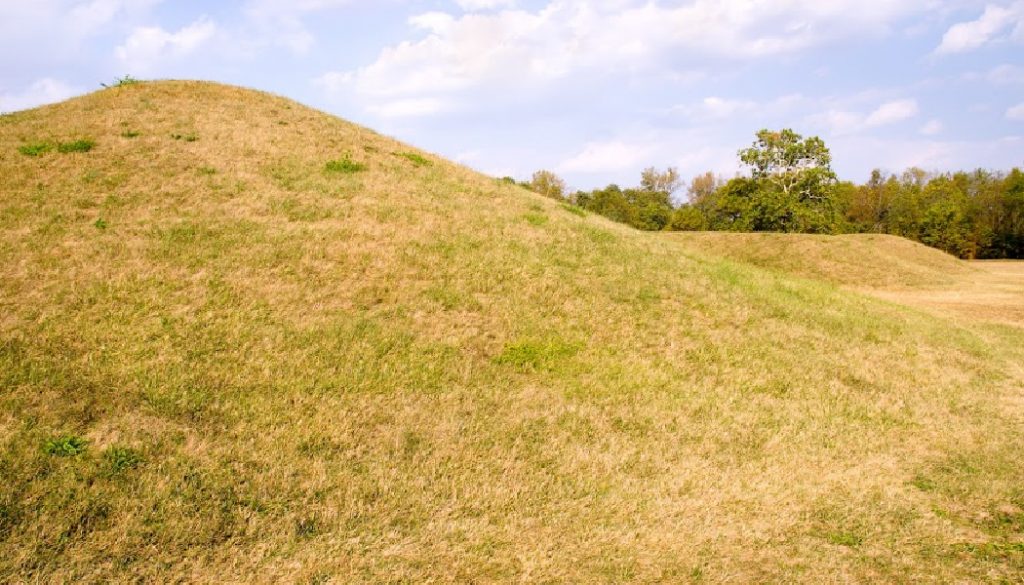
Finally, the women brought baskets of earth to cover the bodies, creating a hill-like mound.
Cherokees of later periods were usually buried close to their homes or beneath the floor of their homes. This may have suggested that the family wanted the deceased buried close by for spiritual reasons or that it was too dangerous to venture far from home during times of warfare.
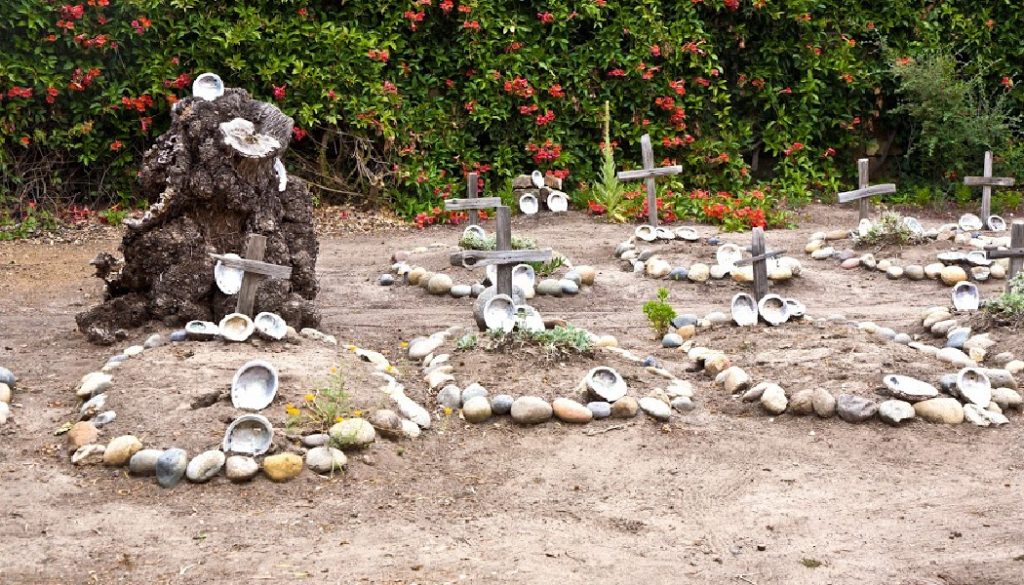
Grave goods included shells, shell bowls, turtle-shell rattles, shell beads, and animal bone jewelry. Seashells are sometimes still used today to decorate gravesites.
Following the death, there was a seven day mourning period during which no one was to get angry or speak in a light manner.
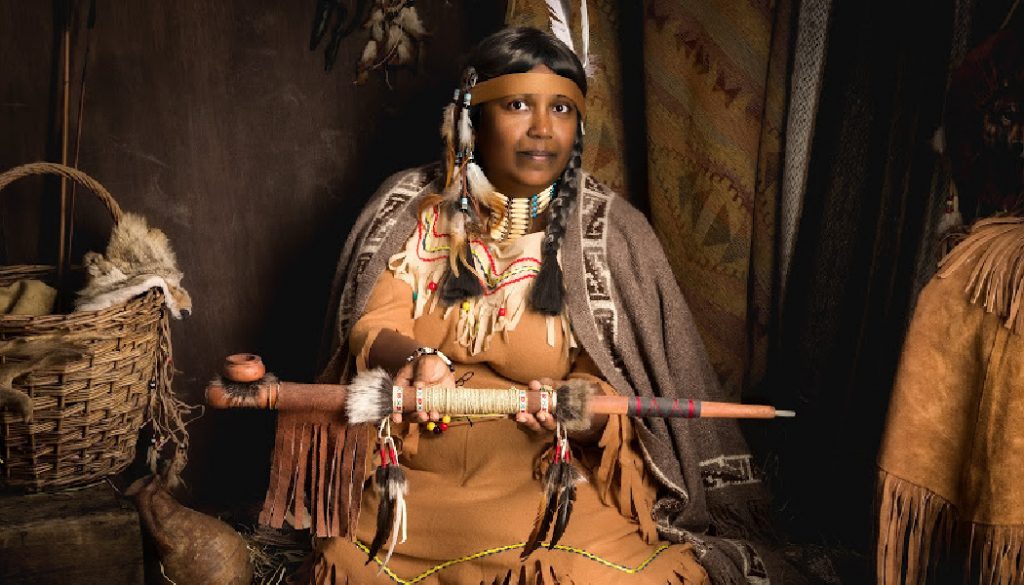
Everything in the house was considered unclean – even the family members. The deceased’s personal belongings were buried with them or burned. Food and furniture were smashed and discarded. The hearth was cleaned and the family members were ritualistically washed.
Creek Native American Burial Rituals
Georgia and Alabama
At first glance, newly deceased Creeks may have appeared more like they were getting together for a visit or having a party than being buried.
The corpses were wrapped in blankets and propped up in a sitting position. Then eating utensils, dishes of food, pipes, tools, or instruments of war were laid out in front of them.
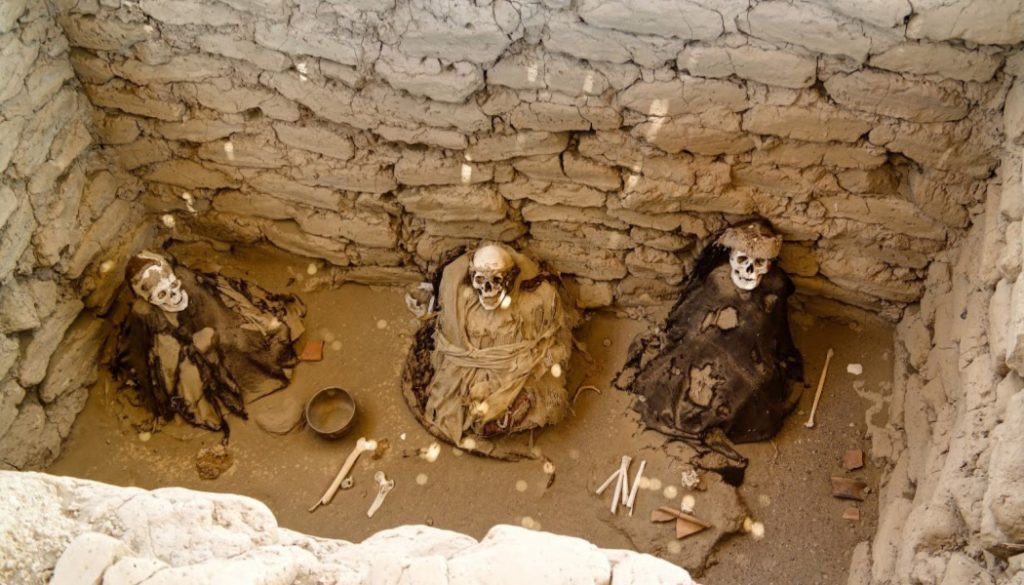
Canes were laid across the top of the grave opening until it was nearly covered. Then a firm layer of clay was packed onto the canes, thick enough to support the weight of a man.
Meanwhile, mourners covered their faces with bear grease and wood ashes as they howled loudly with grief for four days.
Navajo Native American Burial Rituals
Northeast Arizona and Northwest New Mexico
The Navajo took precautions during the burial process to ensure the spirit of the deceased did not return to the world of the living.
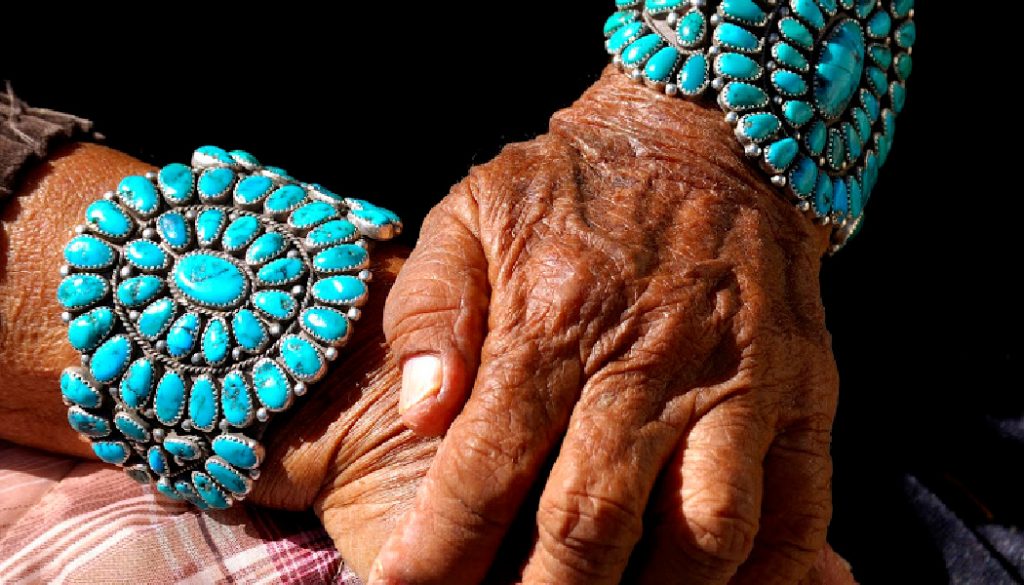
The body was to buried as quickly as possible after death so the dying person was washed and dressed in their finest clothes while they were still alive.
Once the person had died, the Navajos were reluctant to look at the body. let alone touch it. Contact with corpses was limited to only a few individuals within a village – slaves or funeral conductors.
An extra set of clothes, food, water, and favored belongings were placed in the grave. At the burial ceremony, mourners walked around the grave counterclockwise and sprinkled dirt into the hole.
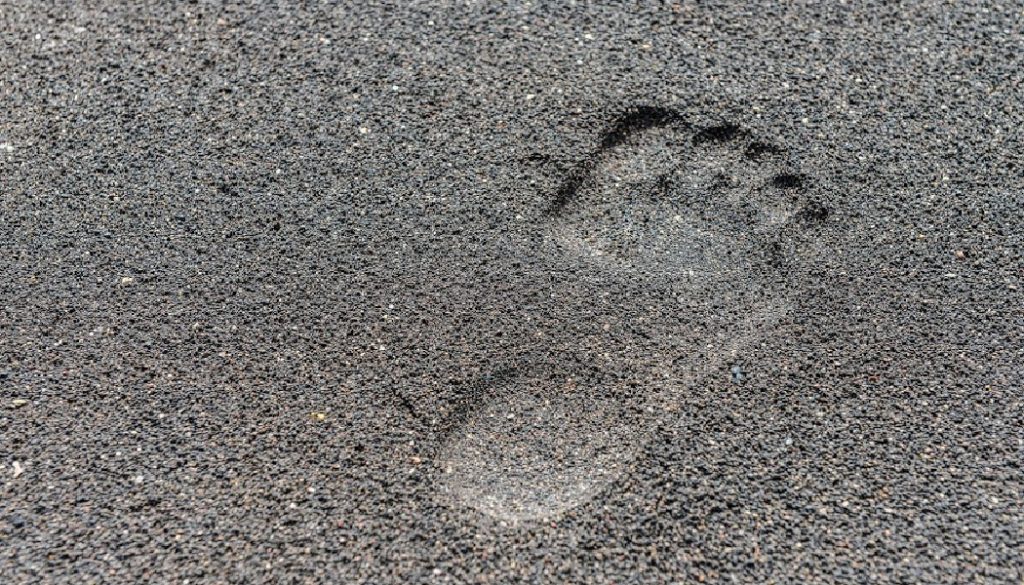
Great care was taken to ensure that no footprints were left behind at the gravesite so that the spirit who came to guide the deceased into the afterlife did not mistakenly follow the wrong person and take their spirit instead.
Sioux Native American Burial Rituals
Minnesota, Montana, Nebraska, North and South Dakota, Wisconsin, and Canada
The most prominent subcultures of the Sioux people are the Lakota, the Santee, and the Yankton-Yanktonai, reflecting the dialect that they speak.
The Sioux painted the deceased’s body red, dressed it in fine clothing, and wrapped it in a buffalo robe. Food was placed inside of the robe, near the head.

The body was then placed in a tree or on an elevated platform about eight feet above the ground. And there it would remain for a year, after which time it would be buried in the ground.

These were called sky burials. The Sioux believe death is not an end of life, but the beginning of another journey for the spirit.

Healing came into the grieving hearts of the Sioux as they worked together to prepare the body, build the scaffold, paint the poles with black and red stripes, lift the deceased into place, and then sit a vigil while waiting for the spirit to leave on its journey back to the Great Spirit, the Creator and Preserver of the Universe.
That’s what all the Native American burial rituals were about, weren’t they? Healing hearts. In fact, it is what burial rituals are about in cultures all around the world. Healing hearts and allowing our spirits to journey onward.
Fascinated with Burial Rituals?
Click on the links below to learn more about cemetery traditions in these popular BillionGraves blog posts:
- 12 Cemetery Superstitions
- Burial Customs from Around the World
- Winged Skull Gravestone Symbols
- Australian Gravestone Symbols
- Understanding Cemetery Symbols Part I
- Understanding Cemetery Symbols, Part II
- Understanding Cemetery Crosses
- Irish Gravestone Symbols
- Egyptian Gravestone Symbols
- Fraternity Gravestone Symbols
Help Preserve History with BillionGraves
The history of Native American burial rituals is a reminder of the diverse ways that people honor those whom they have loved in life and dearly miss in death. You can help preserve the history of those buried in your local area, whatever their culture.
If you would like to volunteer to take gravestone photos with your smartphone click HERE to get started.
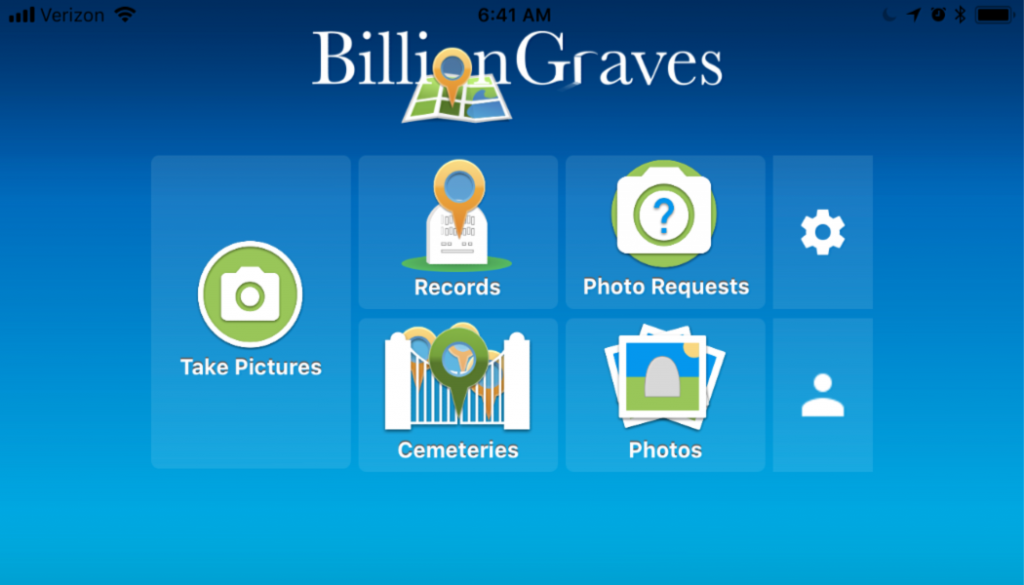
You are welcome to take photos of gravestones at your own convenience, no permission from us is needed. If you still have questions after you have checked out the resources above, you can email us at Volunteer@BillionGraves.com.
Would you like to lead a group in documenting a cemetery? Send an email at Volunteer@billiongraves.com and we’ll be happy to send you some great tips!
To volunteer to transcribe names and dates from gravestones, go to billiongraves.com/transcribe.
____________
Happy Cemetery Hopping!
Cathy Wallace

